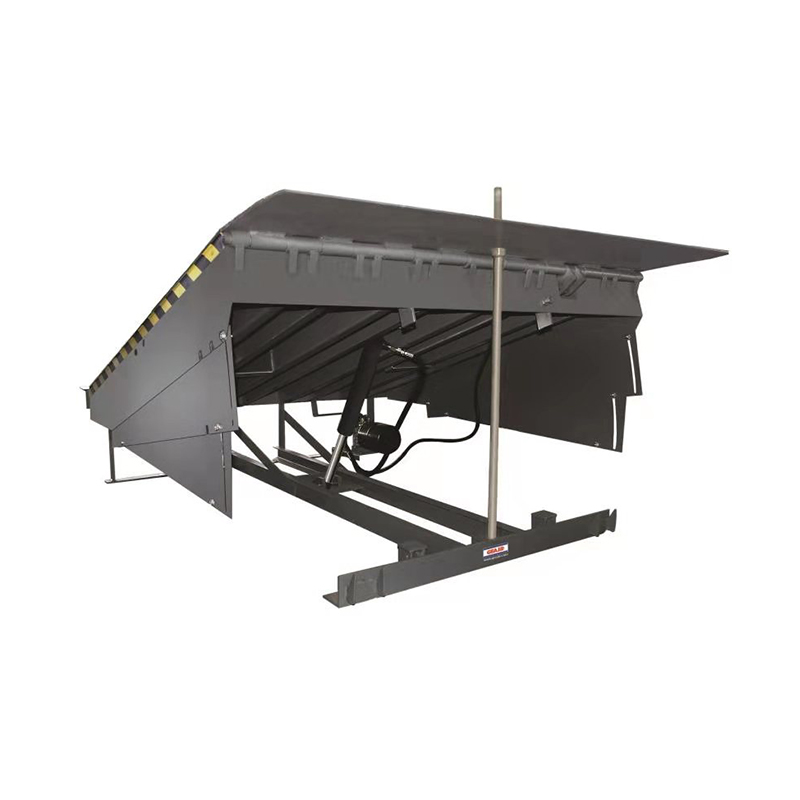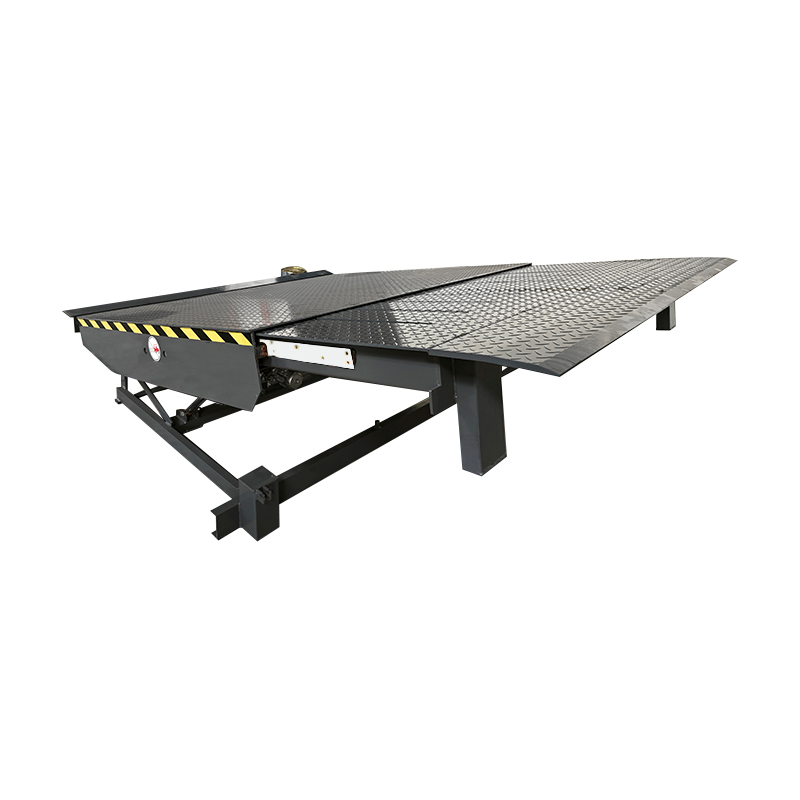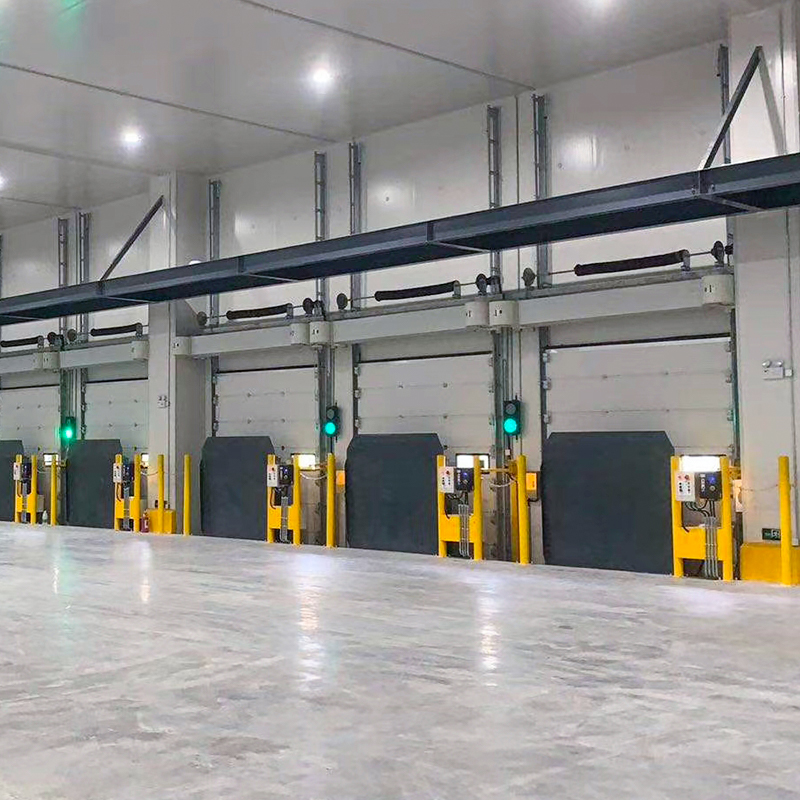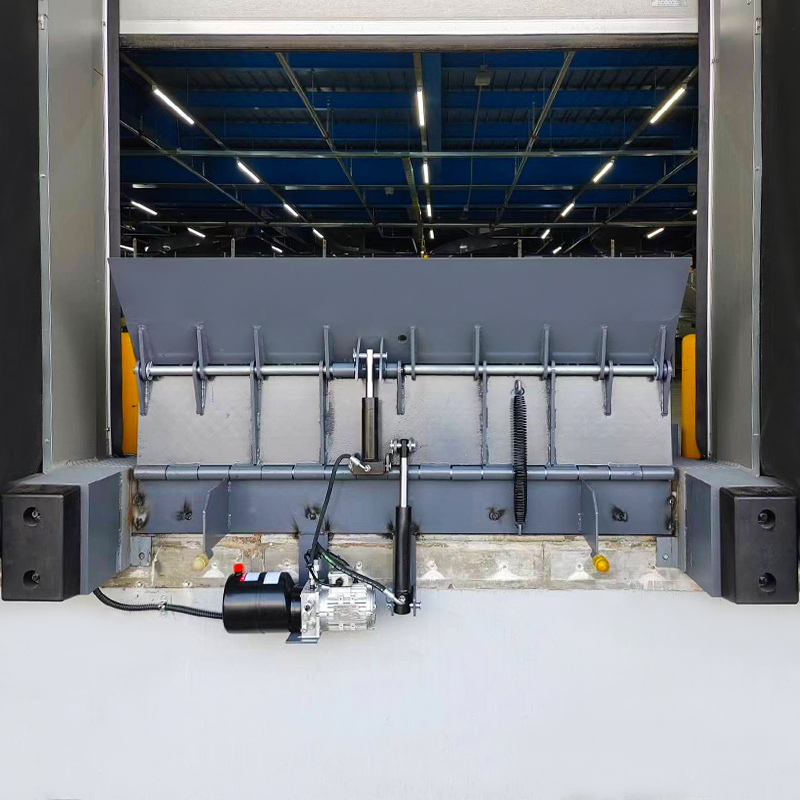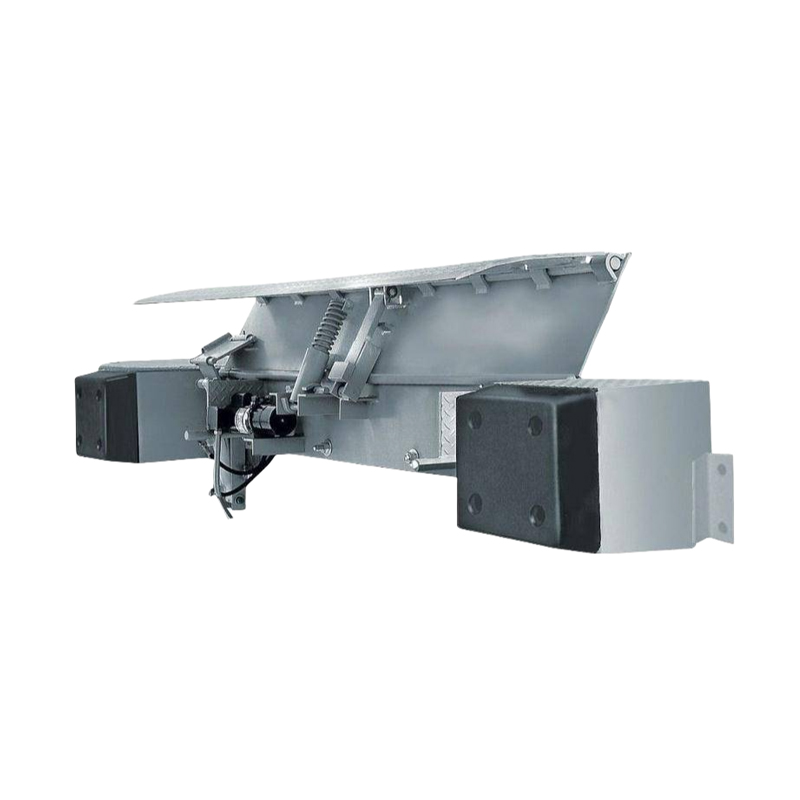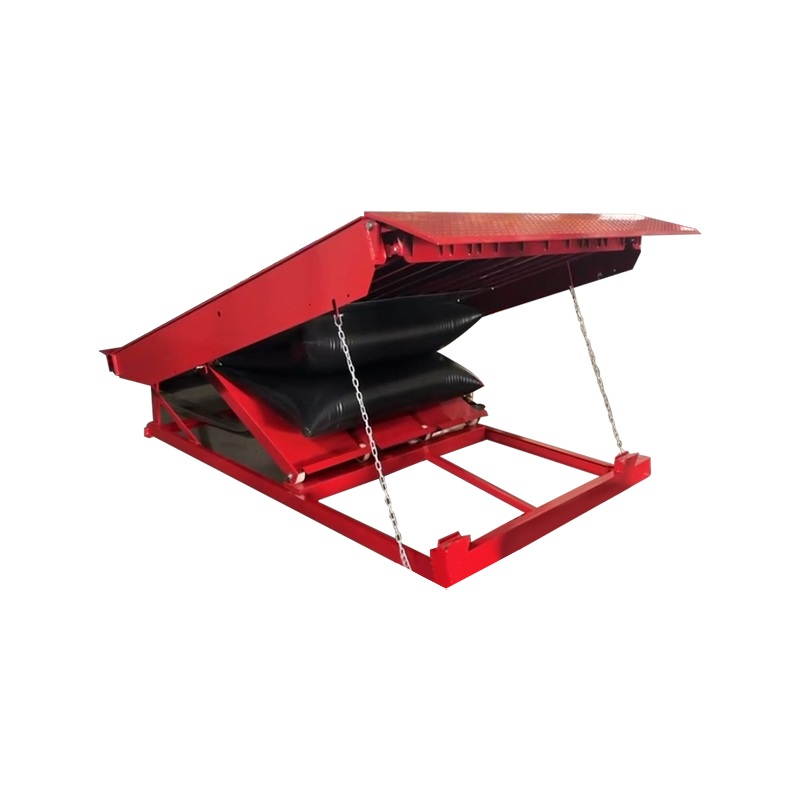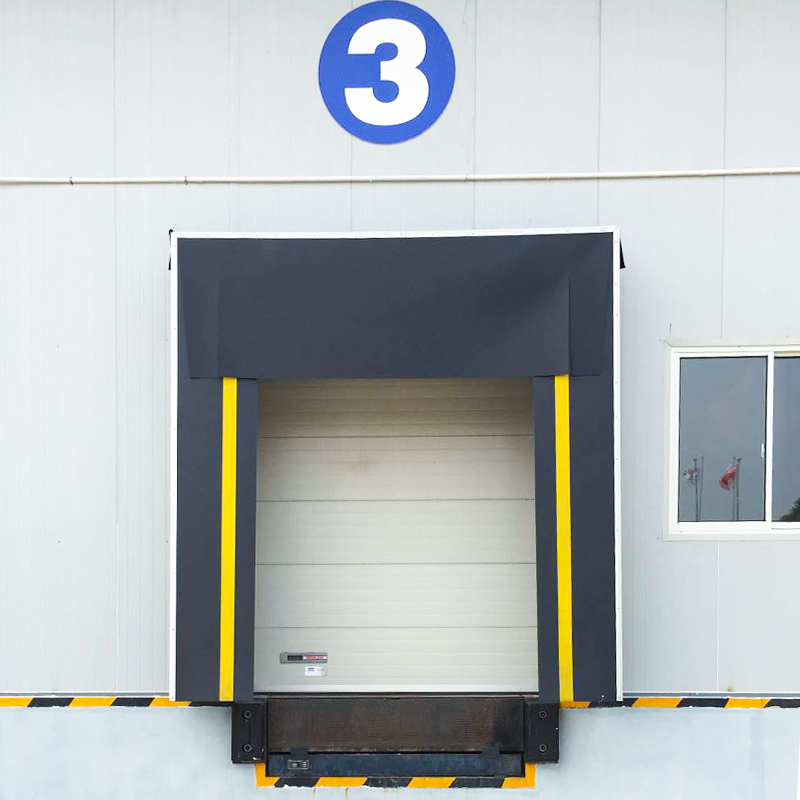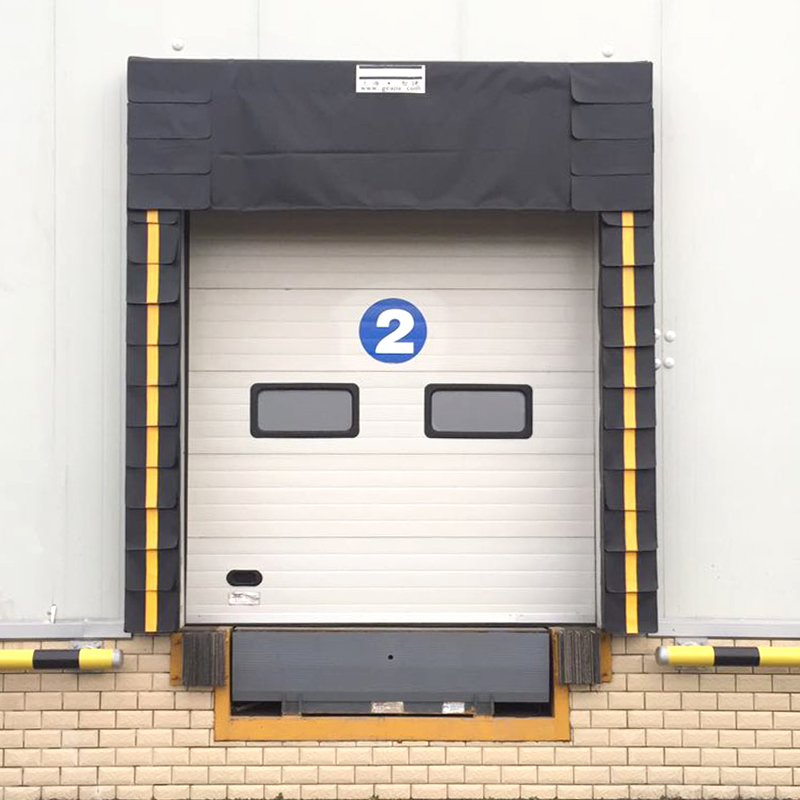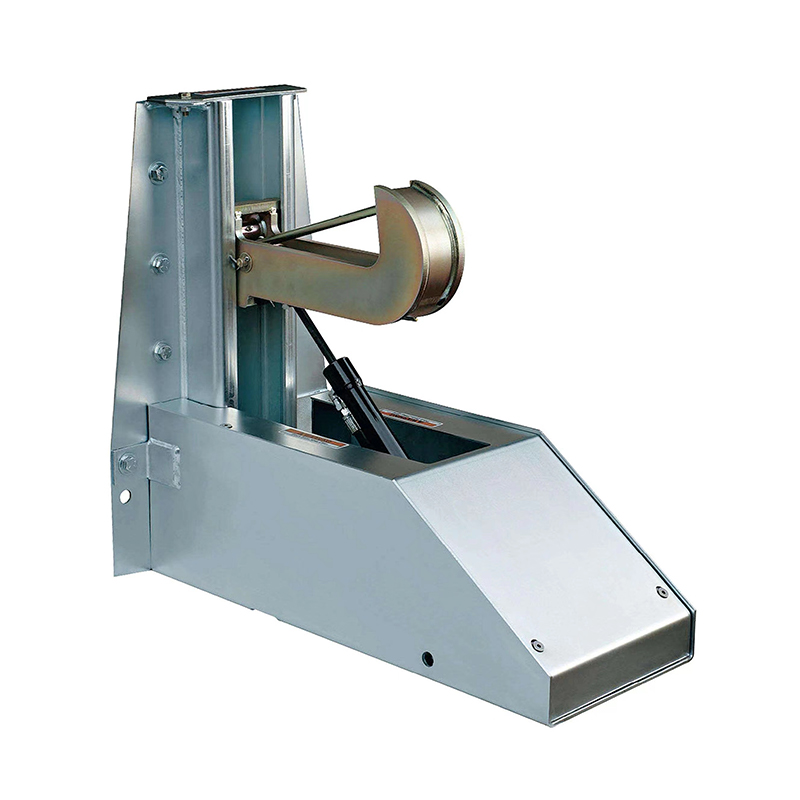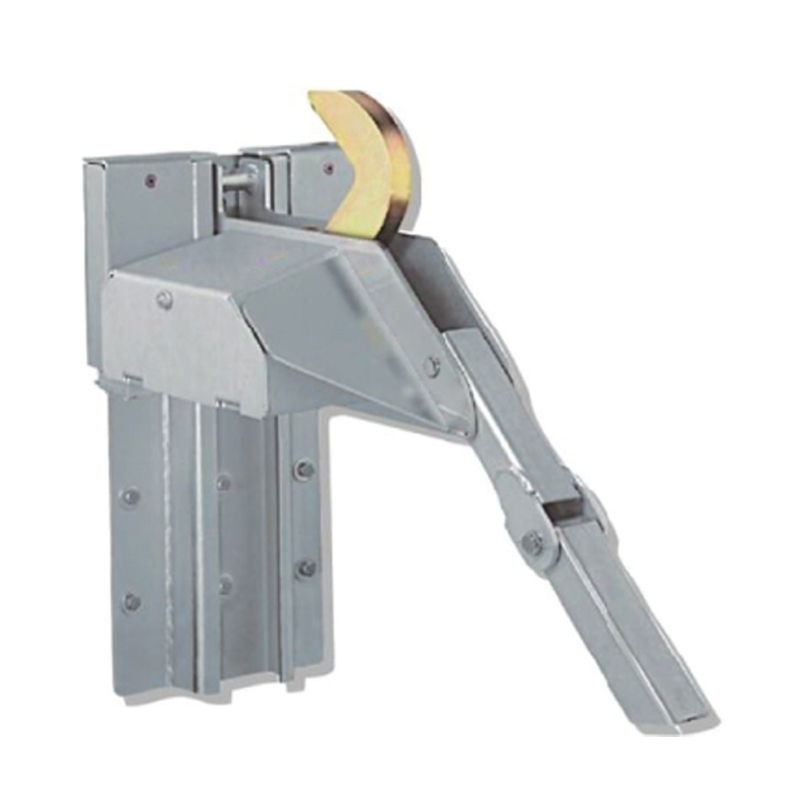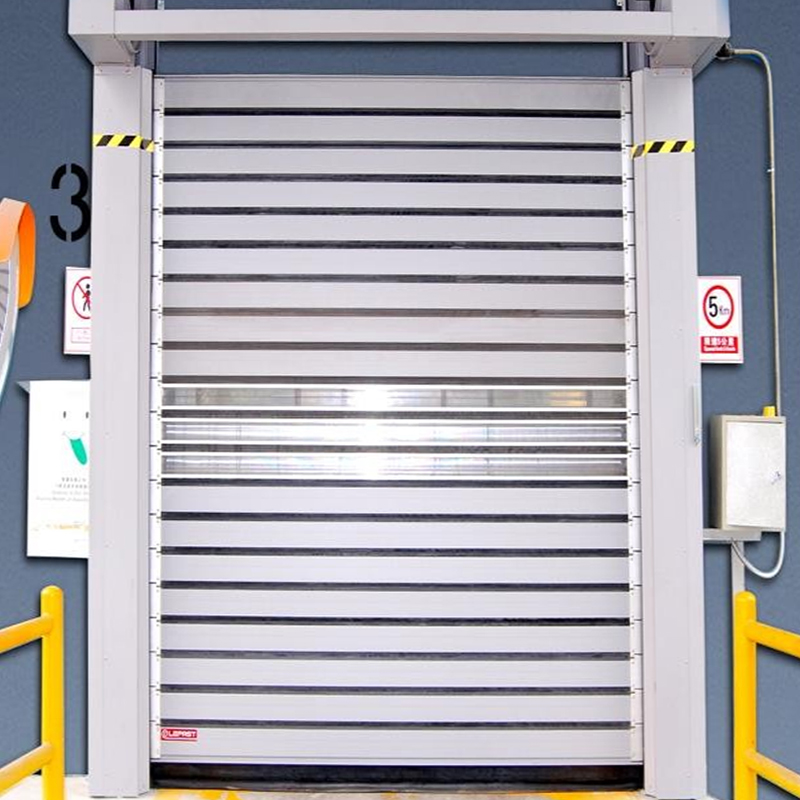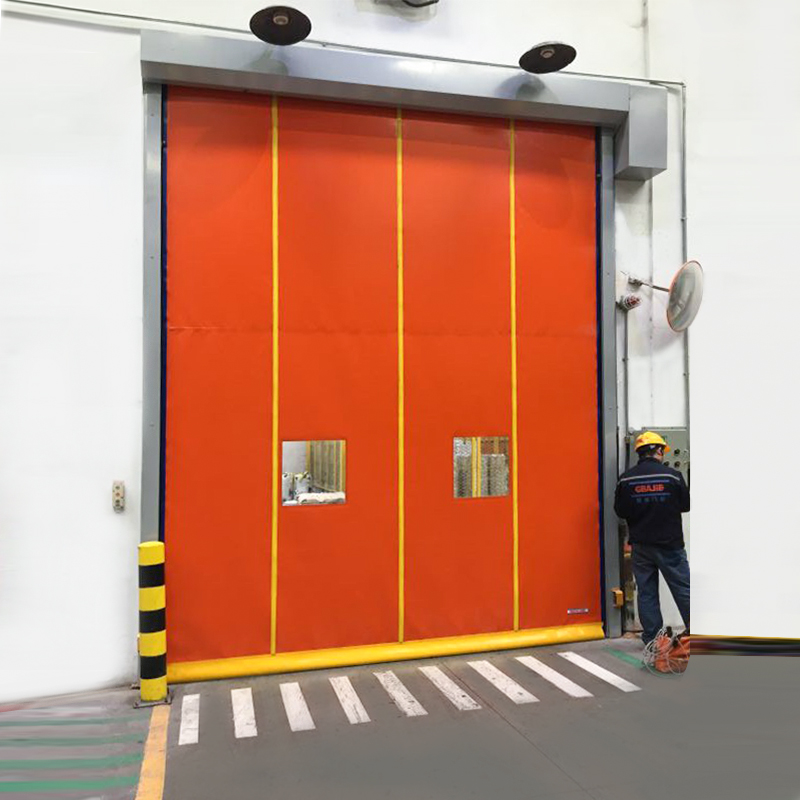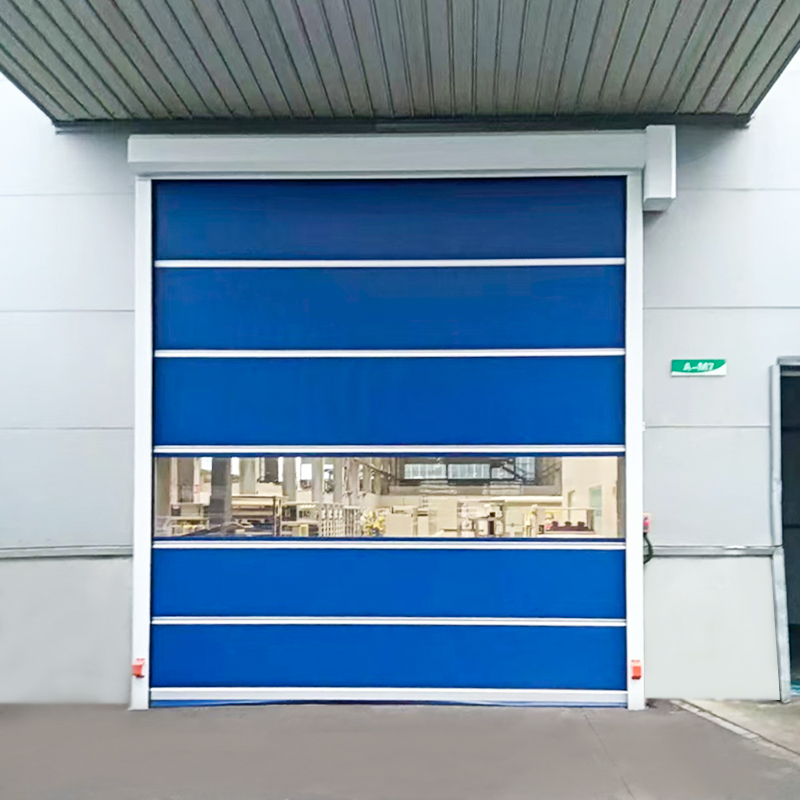Diseño estructural reforzado y distribución de carga. Niveladores de muelle industriales EOM ...
Structural Strength and Durability: The load-bearing capacity of a Warehouse Loading Dock System is integral to its overall structural integrity. When the system is designed to handle heavy or bulky shipments, it utilizes reinforced materials such as high-strength steel or heavy-duty concrete. These materials are selected for their ability to withstand significant stress without bending, cracking, or breaking under load. A well-engineered dock system will distribute weight evenly across its structure, preventing stress concentration that could lead to failure. If the system lacks the necessary load-bearing strength, it may experience deformation, accelerated wear, or complete failure, which can result in operational downtime, costly repairs, or safety risks. A strong system ensures the safe operation of the dock and supports its longevity, making it a sound investment for warehouses handling heavy goods.
Dock Levelers and Ramps: The load-bearing capacity directly impacts the performance and longevity of the dock levelers and ramps integrated into the Warehouse Loading Dock System. Dock levelers act as adjustable bridges between the warehouse floor and truck beds, facilitating the smooth movement of goods. If these levelers are not rated for heavy loads, they may bend or fail to create a secure, level transition. For example, poorly supported levelers may result in misaligned ramps, making it harder to load and unload goods efficiently or safely. High-capacity systems are designed to handle heavier trucks, larger pallet loads, and even awkwardly shaped or oversized items. This ensures smooth operation and prevents the equipment from wearing out prematurely, which is especially critical for warehouses with high turnover rates or frequent shipments of large, heavy items.
Vehicle Compatibility: A robust Warehouse Loading Dock System with an adequate load-bearing capacity can accommodate a broad range of vehicles, from smaller delivery trucks to large semi-trailers, and even specialized cargo carriers such as flatbeds or refrigerated trucks. Compatibility is essential for ensuring that the system can handle diverse shipments and meet the specific needs of various suppliers or customers. Inadequate load-bearing capacity may limit the types of vehicles that can safely dock at the warehouse, resulting in inefficiencies or delays. Poorly matched trucks and dock heights can cause misalignment, leading to spills, damage, or dangerous conditions for workers. A system designed for versatility and high load capacity increases the operational flexibility of the warehouse, enabling it to service a variety of shipment types without the need for frequent adjustments.
Safety Features: The load-bearing capacity of a Warehouse Loading Dock System also directly influences the effectiveness of its safety features. High-capacity docks are often equipped with reinforced bumpers, safety barriers, automatic dock locks, and impact-resistant surfaces. These features are essential for preventing accidents that can occur due to the heavy weight of vehicles or goods. For instance, safety barriers are designed to prevent trucks from accidentally backing into the dock or falling off the edge, while automatic dock locks ensure that trailers are securely attached to the dock, minimizing the risk of shifting or tipping during the loading or unloading process. Enhanced safety features also reduce the risk of worker injury caused by mishaps, such as falls or collisions with heavy equipment. A Warehouse Loading Dock System with an adequate load capacity ensures that all safety mechanisms can function optimally, providing a safer working environment.
Efficiency in Material Handling: Warehouse Loading Dock System with the right load-bearing capacity significantly improves material handling efficiency. When a dock can handle larger and heavier shipments, it enables the use of advanced material handling equipment such as forklifts, conveyors, or pallet jacks, which can move goods more quickly and safely. Larger capacities allow the dock to accommodate higher volumes of goods, reducing wait times for both incoming and outgoing shipments. A higher-capacity dock also ensures that bulky items, which may require additional handling or equipment, can be moved efficiently without the need for manual labor or specialized procedures.

 English
English Español
Español Tiếng Việt
Tiếng Việt
